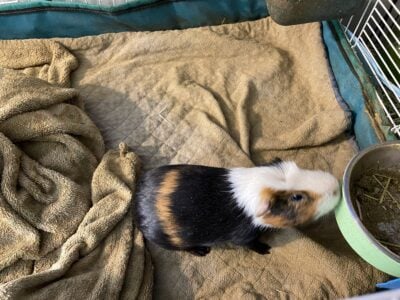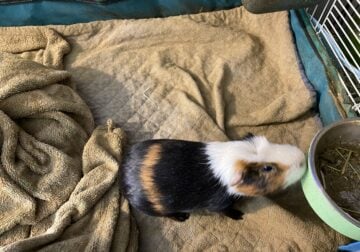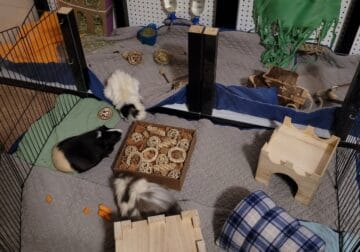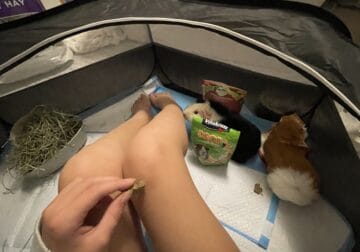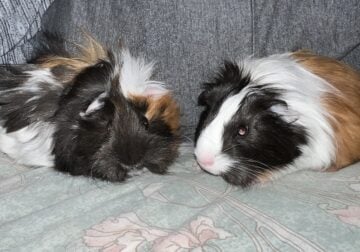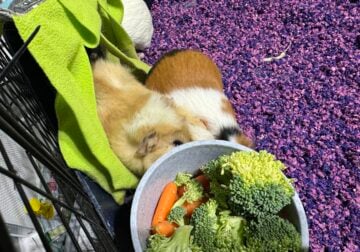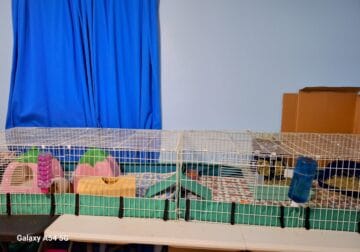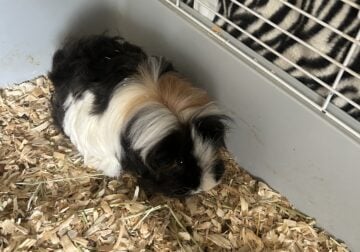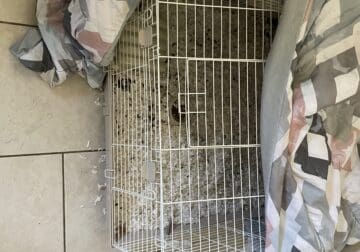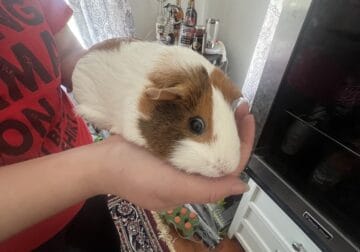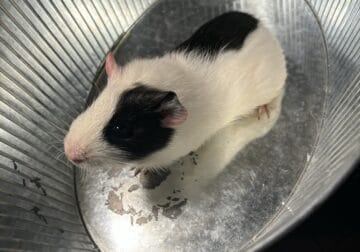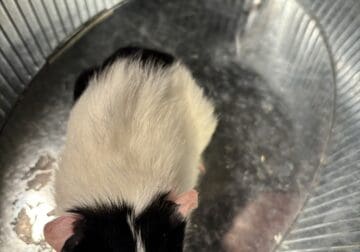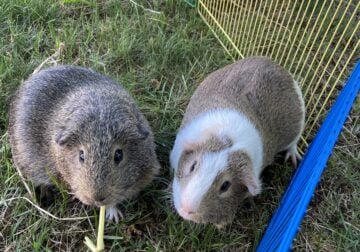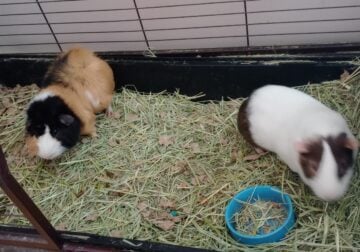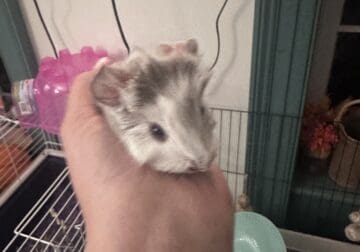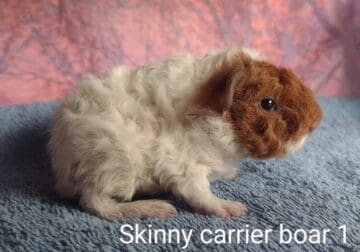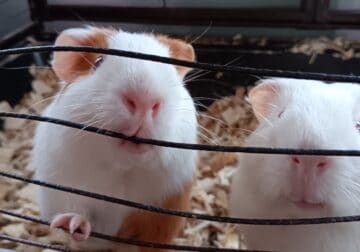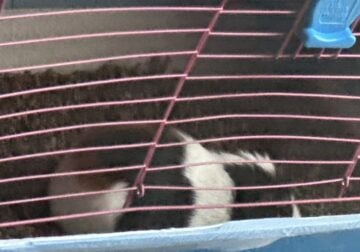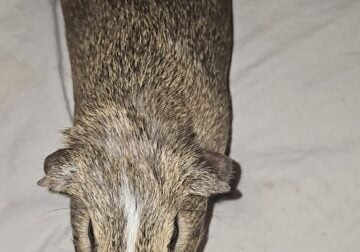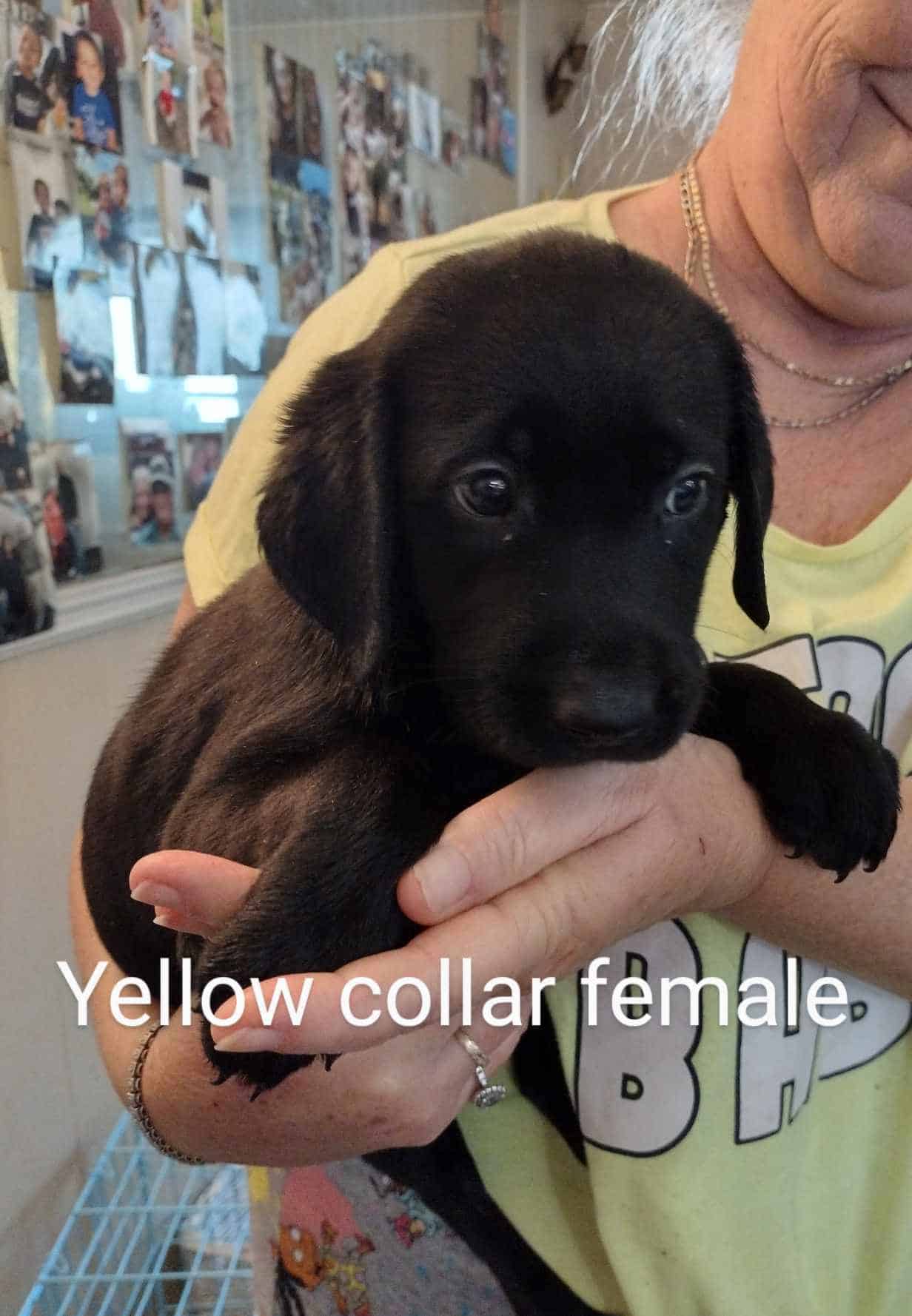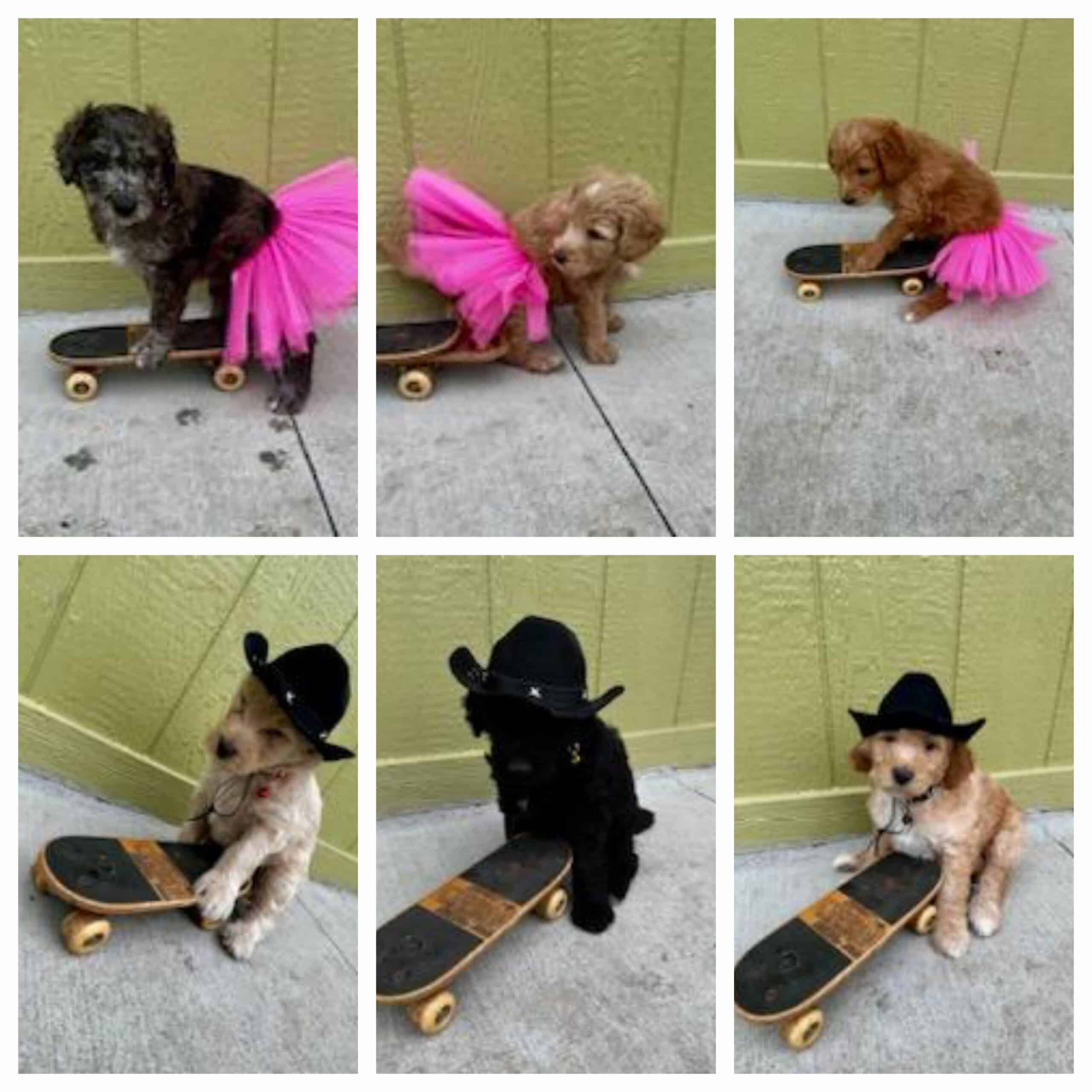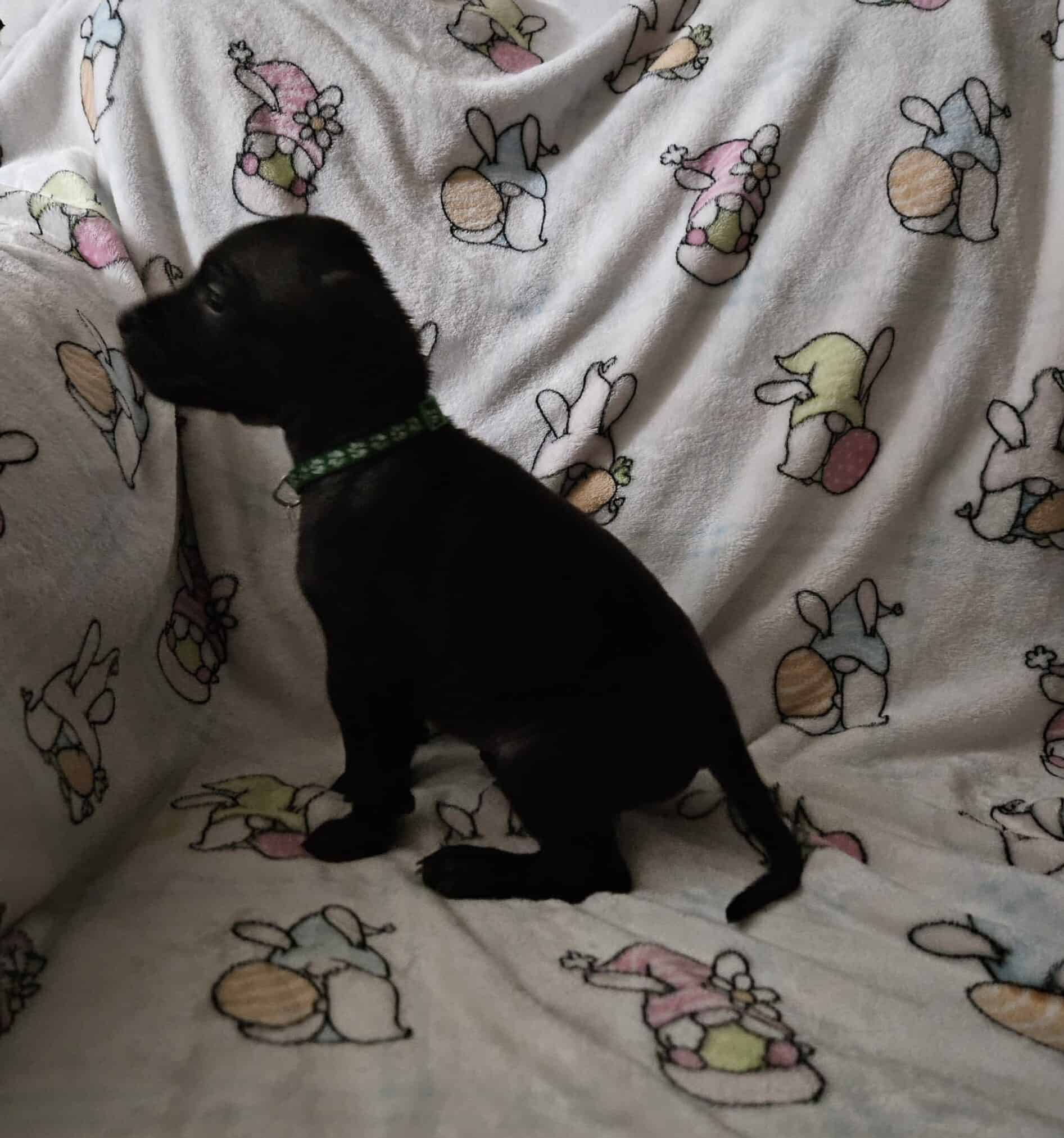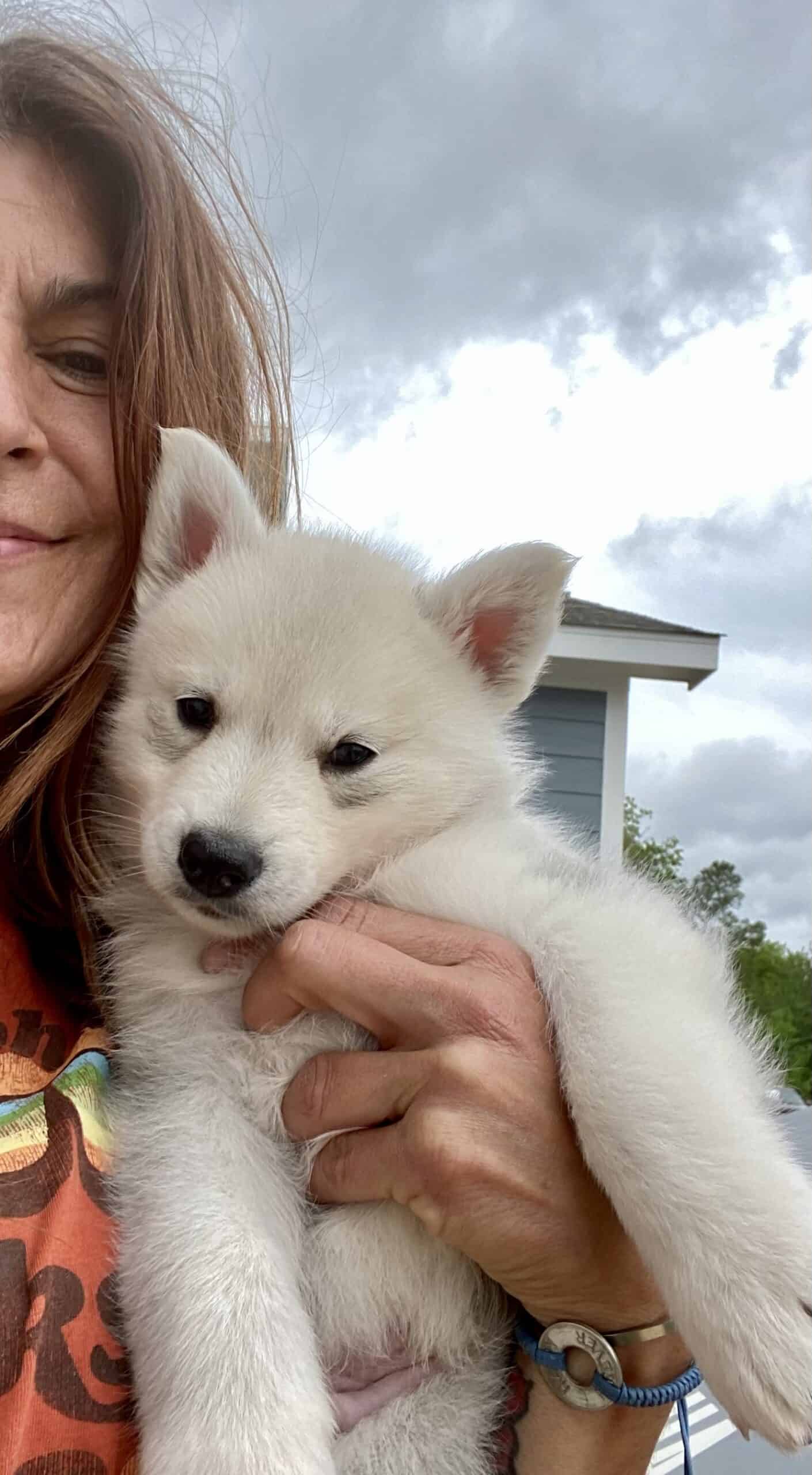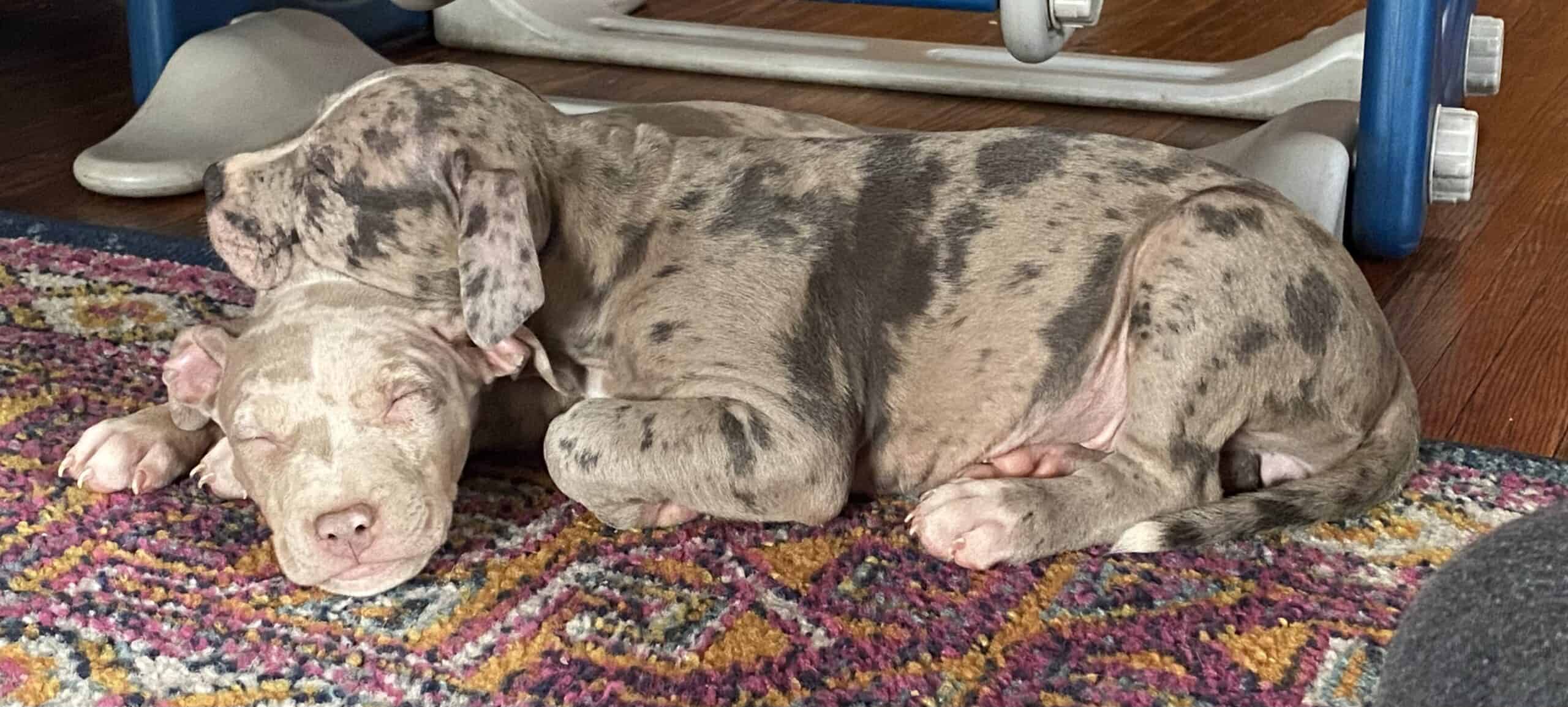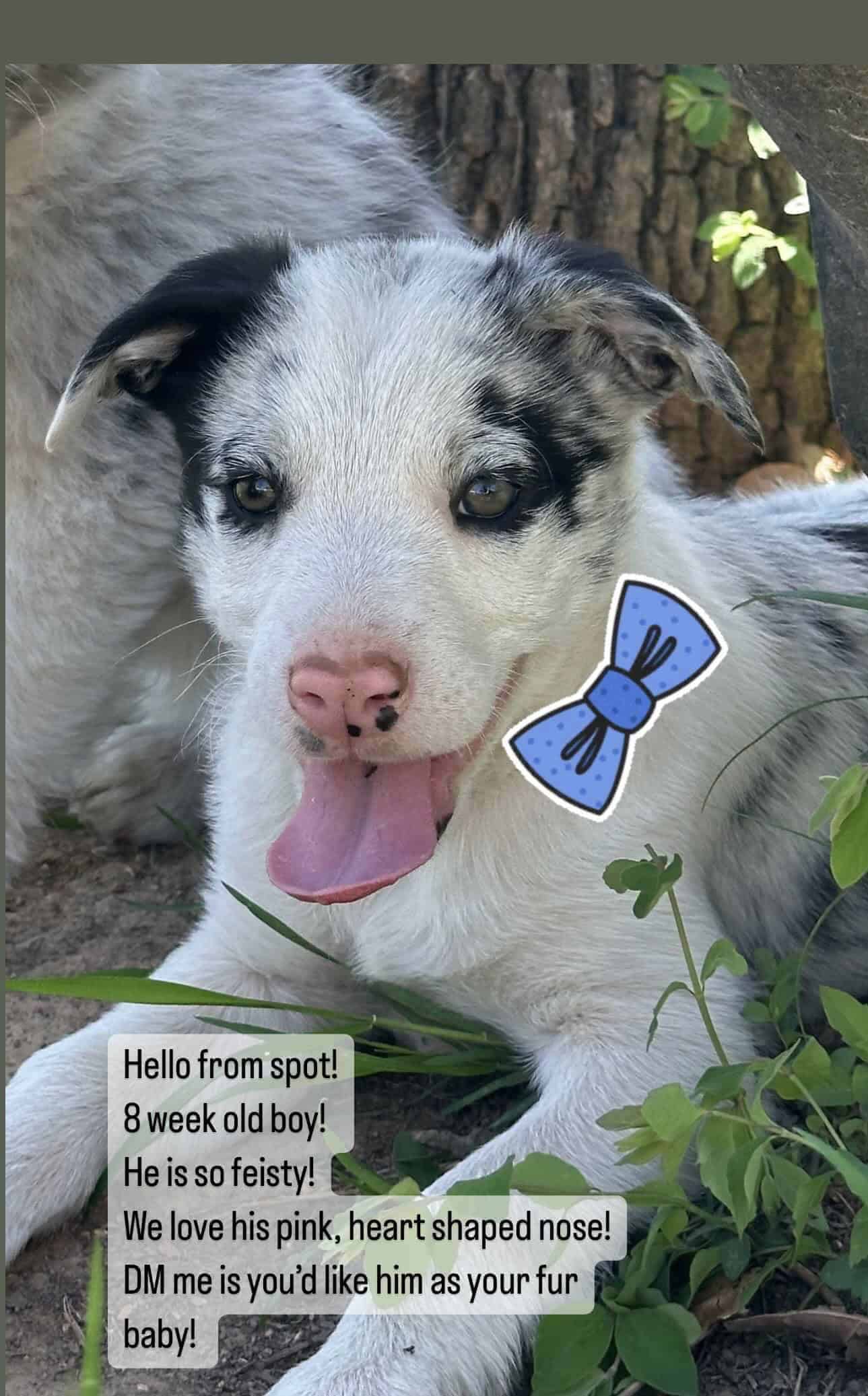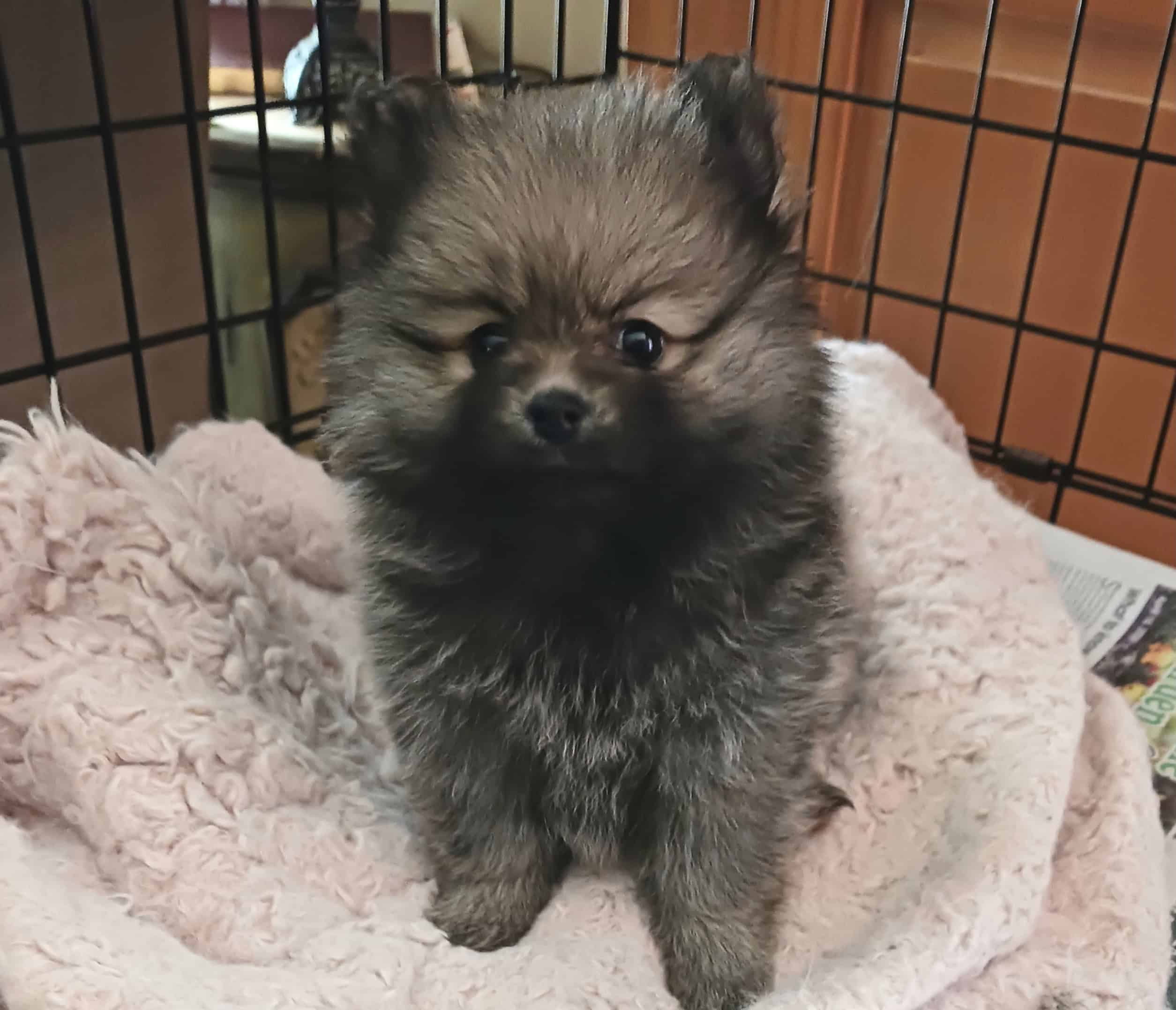Guinea Pigs for Sale: Guide to Characteristics and Care
Most everyone knows what a Guinea pig is. Seemingly the beginner pet incarnate, Guinea pigs are everywhere from classrooms to playpens to backyard enclosures. Gentle and friendly, many people see Guinea pigs or cavies as better alternatives than gerbils and hamsters for young children. However, to underestimate the degree of care a Guinea pig requires is to do it a great disservice. Guinea pigs make excellent pets, especially for those with space challenges. They come in several varieties, and owners find tremendous satisfaction in attending to their dietary, grooming, and attention requirements.
How to Choose Among Guinea Pigs for Sale
If you are a well-versed cat or dog owner, picking out a healthy guinea pig is slightly different. You want to gravitate towards a pig that is bright-eyed, alert, and active. The coat will also give you a lot of information about the pig’s health as it should be smooth and lustrous. Stay away from animals huddled in the corner or those with crusty eyes. You do not want to see any evidence of discharge around the anus or discoloration near the eyes or nose. These tell-tale signs can signify abnormal stools, watery eyes, or a runny nose. Pick a Guinea Pig that appears plump rather than lean. Make sure you inspect your potential pet’s dainty feet. Finally, temperament is also important. A Guinea pig may act skittish or spook at sudden movements, but she should relax as you calmly pet her.
Things to Consider in Guinea Pigs for Sale
Once you settle on a Guinea pig as a pet for either yourself or a child, there are a few things to consider in your decision. As is true for pocket pets and rabbits, Guinea pigs require quite a commitment. Some of their needs are unique and specific. The type of Guinea pig you get can affect their personality and grooming needs.
Companionship
Socialized Guinea pigs enjoy human company. They like you to hold, pet, and even groom them. The more you handle your pig, the more it likes to be around you. However, Guinea pigs still need the company of others of their kind. You can approach this requirement in one of two ways. You can get three or more Guinea pigs to form a small group of same-gender individuals. You can also acquire a pair of Guinea pigs, one male, and a female. Pairs often make better pets if you neuter them, eliminating the worry about raising babies. Assess whether you can realistically care for multiple guinea pigs before deciding to acquire one as a pet.
Breeds
Like any domestic animal, enthusiasts have developed different breeds of Guinea Pigs. Only distantly related to rabbits, it is the American Cavy Breeders Association that registers Guinea pigs. The association recognizes 13 breeds of cavies. The Satin variety of a breed is the same animal with glossy fur.
- Texel – Originated in England in 1980s; Cobby body type with long curly hair; Friendly, calm, patient, affectionate
- Abyssinian and Abyssinian Satin – Short coat grows in evenly spaced rosettes (circular swirls of fur); outgoing, mischievous, and affectionate
- Coronet – Long flowing coat with a rosette on the head; Curious and playful; Bred in England in 1970s from crossing American crested x Silkie
- Peruvian and Peruvian Satin – Long way silky hair with several rosettes; Resembles a mop as fur covers the face; Outgoing, engaging, and alert; Long hair is due to a recessive gene and is parted along the pig’s midline
- White Crested – Short coat with a white rosette on the center of the head; Shy, docile, responds to your voice
- Silkie and Silkie Satin – Also called Shelties; Long-haired show animal; Gentle and calm nature; England in 1970s crossing Peruvian x Self Black; Hair runs from front to back
- American and American Satin – Among most popular pet Cavies; Needy, friendly, energetic, and extroverted; One of the original show breeds; Short smooth coat
- Teddy and Teddy satin – Exceptionally friendly and social; Short dense plush coat almost woolly to the touch; The look of Teddy Guinea pigs for sale is fluffy
Unrecognized but popular Guinea pig types include the Hairless, Alpaca (coarse wavy fur), Himalayan (light-colored with dark on head, ears, and feet), Rex (Short woolly fur and droopy ears), and Sheba (Long tousled hair).
Colors
Once you decide on the kind of Guinea pig you want, which will determine coat length and type, you can think about colors. Cavies come in an abundance of colors. Most breeds offer a generous selection of patterns.
- Self colors with no ticking – White, black, lilac, cream, tan, chocolate, or beige, –
- Agouti – Two alternate colors intermingle through the coat in a ticked pattern, becoming one uniform color towards the feet and on the face
- Bicolor – Two colors other than red and black in a piebald or patchwork pattern
- Dalmatian – White with black spotting; Often, the face is solid
- Himalayan – Form of albino; White with pink eyes and dark points at the nose, ears, and feet
- Roan – Base solid color with white hairs
- Tan – Base color with tan spots usually in a stereotypical pattern around the eyes, ears, muzzle, and belly
- Tortoiseshell – Red and black in a patchwork pattern
- Fox – A base color of black, lilac, chocolate, or beige with light markings around the eyes, on the chest, and on the belly; Also, often has some white ticking
- Tortoise and white – Like a calico cat; red and black patchwork base pattern with large white areas
- Brindle – Red and black, but unlike tortoiseshell the colors appear less organized and are equally distributed
- Argente – Hairs are banded in two colors; usually golden or lilac and eyes are pink-rimmed
Keep in mind that white Guinea pigs, while unusual and desirable, require more care than others. They are albino and tend to have more health problems than other piggies. Many are partially or wholly blind, sensitive to sunlight, and deaf. Moreover, they are more attractive to predators, which may include pet dogs and cats as well as hawks.
Who Is Responsible?
Just because a potential pet is small and does not bite does not mean it is great for children. Guinea pigs, like rabbits, require specialized care that is beyond the scope of most children under the age of 10 years. Even older kids may struggle to take proper care of a Guinea pig if it is their first pet. “Who will be your Guinea pig’s primary caretaker?” is a crucial consideration on whether to acquire one. When Guinea pigs get sick, it is a long and expensive road to recovery because they tend to hide their symptoms until the disorder is advanced.
Should You Get a Baby?
Should you get baby Guinea pigs for sale? Young cavies often have a better chance of imprinting on you and thus form closer bonds. Breeders often remove Guinea pig males from their mothers by three weeks of age to prevent accidental mating. Females can stay with their dams until four to six weeks of age. Guinea pig pups will be fully weaned and about seven or eight weeks old when ready to go to their new homes.
Where to Get Guinea Pigs for Sale Near Me
Although it defies belief, you can find many Guinea pigs at shelters and rescue organizations. In fact, the overpopulation of cavies that inhabit humane societies is as critical as that of dogs or cats. Many people do not research care and expenses before purchasing one. You can usually visit a shelter and easily pick out two or more to take home. If you are looking for a particular breed that you do not see at a shelter or want baby Guinea pigs for sale, you can find cavy breeders at pet finding sites, local cavy clubs, or directly through the Cavy Breeder Association. Any of these sources may have both young and adult Guinea pigs. The bonding period between baby cavies or pups and their mothers is not necessarily prolonged. However, they do not completely wean until the age of four to six weeks. Male pups reach sexual maturity at three or four weeks of age, but females do not until they are three months old.
Caring for Cavies
Guinea pigs have a lot of care needs that may be unexpected.
Grooming
Short-haired Guinea pigs may need occasional brushing to remove loose hairs and soiling. However, in a clean environment, cavies usually groom themselves efficiently. Certain breeds, such as the Peruvian, cannot self-groom very well. You need to brush them twice a week or daily to keep their fur from tangling or matting. The Skinny and Baldwin Hairless Guinea pigs are two species of hairless cavies. Hairless Guinea pigs do not need bathing, but it is especially important to keep their bedding clean and dry. They must live at temperatures between 70- and 85-degrees Fahrenheit and are susceptible to sunburn. A Guinea pig’s nails grow quickly and require trimming every four weeks. Some owners will alternatively use a Dremel tool. Even most haired cavies should not need a bath and not before they reach two months old.
Attention
Socialization of your Guinea pig should ideally begin with your breeder within a few days of birth. Pups are precocial, meaning they have open eyes and ears and are fully furred at birth. They can move about within a few hours and are eating forage within a day. Pups still need to nurse every couple of hours during the first days. Well-socialized Guinea pigs enjoy human company, and daily stroking and holding are beneficial for them. However, they are not fond of a lot of cuddling. Some prefer you not to pick them up and never adapt to it. Be mindful that struggling Guinea pigs can injure themselves by falling, especially in the small hands of children. As alluded to
previously, cavies require the company of other Guinea pigs throughout their lives. The stress of being alone is detrimental to their well-being.
Feeding
You should offer your Guinea pig frequent access to hay. Hay provides fiber and roughage, vital for your piggies’ digestive systems and helpful for them to wear down their continually growing incisor teeth. Pellets formulated specifically for cavies will ensure your cavy gets the necessary vitamins and minerals. A crucial nutrient for cavies is Vitamin C which they cannot synthesize on their own. They generally cannot get enough vitamin C from their diets alone. Your veterinarian may prescribe a vitamin C tablet or drops. You should feed a prescribed number of pellets twice a day. Guinea pigs can eat a cup of fresh vegetables such as Romaine lettuce, carrots, and kale. Only a few bites of fruit every couple of days will suffice as cavies do not need a high sugar content.
Exercise
Any enclosure for your Guinea pigs should be three by five feet to accommodate two animals. Pigs still require three to four hours of daily exercise, preferably outside of their cages. Be aware that Guinea pigs often eliminate without regard to location. You will need to be prepared to continually clean up after them if their outings are in your home. A clean cage is also essential to good health.
Health Concerns
Guinea pigs live anywhere from five to ten years depending upon breed and care. Diet, sanitary conditions, and avoiding stress are paramount to maintaining their health.
